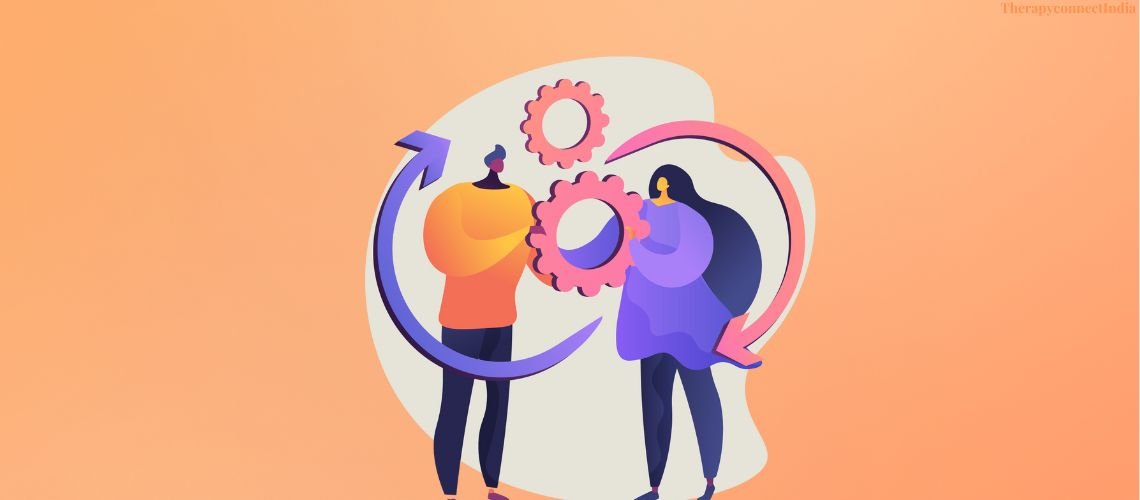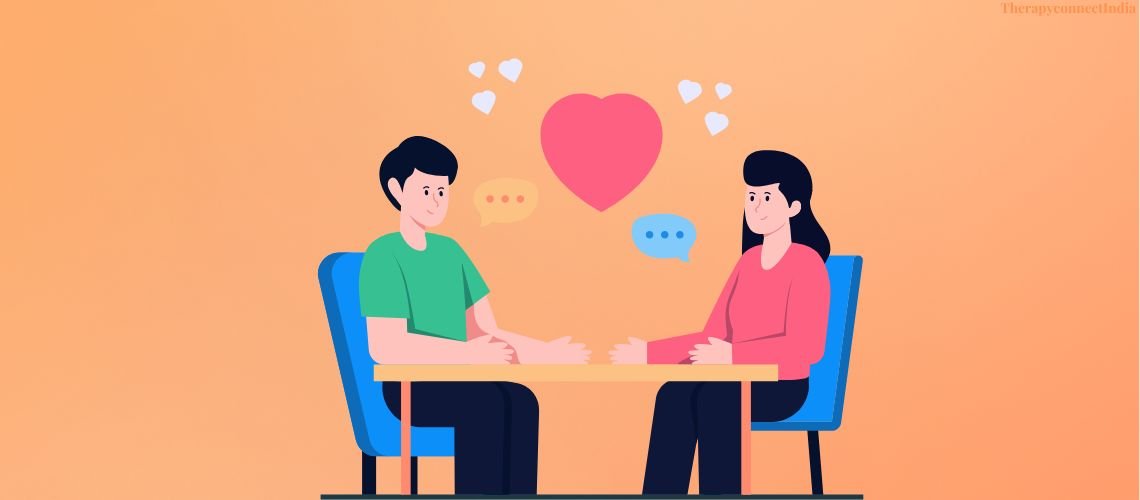Attachment Styles in Relationships: How They Affect Your Love Life

Every person experiences relationships differently, and much of this is shaped by attachment styles. The way we connect with our partners—whether through trust, anxiety, or avoidance—often stems from childhood experiences and emotional patterns we develop over time. Understanding attachment styles can help improve relationships, reduce conflicts, and create healthier emotional connections. <>/p
In this article, we will explore different attachment styles, how they influence relationships, and ways to build healthier connections. Whether you struggle with trust, need reassurance, or find it hard to express emotions, knowing your attachment style can be the first step toward positive change.
Attachment styles are emotional patterns that determine how people connect with romantic partners. Developed in childhood and carried into adulthood, these styles shape how individuals respond to intimacy, handle conflict, and express love.
Psychologists identify four main types of attachment styles:
Each style influences how individuals behave in romantic relationships and how they perceive love and commitment. Recognizing your attachment style can help improve self-awareness and strengthen relationships.

People with a secure attachment style feel comfortable with intimacy and independence. They trust their partners, communicate openly, and handle conflicts in a healthy way.
Traits of Secure Attachment
How Secure Attachment Affects Relationships
If you have a secure attachment, you likely experience healthy relationships with open communication and mutual respect.

Individuals with an anxious attachment style often seek constant reassurance from their partners. They fear abandonment and worry about their relationship’s stability, leading to emotional ups and downs.
Traits of Anxious Attachment
How Anxious Attachment Affects Relationships
Overcoming Anxious Attachment
Websites like Psychology Today provide helpful resources on relationship psychology and managing attachment anxiety.

People with an avoidant attachment style struggle with intimacy and emotional closeness. They prefer independence and may push their partners away when relationships become too serious.
Traits of Avoidant Attachment
How Avoidant Attachment Affects Relationships
Overcoming Avoidant Attachment
Websites like BetterHelp offer online therapy resources for attachment issues and emotional growth.

This attachment style is a mix of anxious and avoidant traits. People with fearful-avoidant attachment crave intimacy but also fear it, leading to unpredictable behavior in relationships.
Traits of Fearful-Avoidant Attachment
How Fearful-Avoidant Attachment Affects Relationships
Overcoming Fearful-Avoidant Attachment
Mind.org provides mental health resources for emotional support and relationship guidance.

Yes, attachment styles are not fixed for life. With self-awareness, effort, and supportive relationships, individuals can shift towards a more secure attachment style.
Ways to Develop a Secure Attachment Style
If you or your partner struggle with attachment issues, seeking therapy can provide relationship psychology tools to improve emotional connections. Online therapy services like Regain specialize in couples counseling and attachment-based therapy.
Knowing your attachment style can help you navigate relationships with more self-awareness and emotional intelligence. Here’s how:
Attachment styles influence how we express love, handle conflict, and connect with others. By understanding these patterns, couples can build stronger, healthier relationships based on trust and emotional support.
Attachment styles play a major role in shaping relationships, emotional responses, and personal well-being. Whether you identify as secure, anxious, avoidant, or fearful-avoidant, recognizing your attachment patterns is the first step toward self-improvement and better relationship health.
By developing emotional awareness, practicing healthy communication, and seeking professional guidance if needed, it’s possible to build secure and fulfilling relationships. Whether you struggle with trust, commitment, or emotional distance, working towards a more secure attachment style can enhance intimacy and long-term happiness.